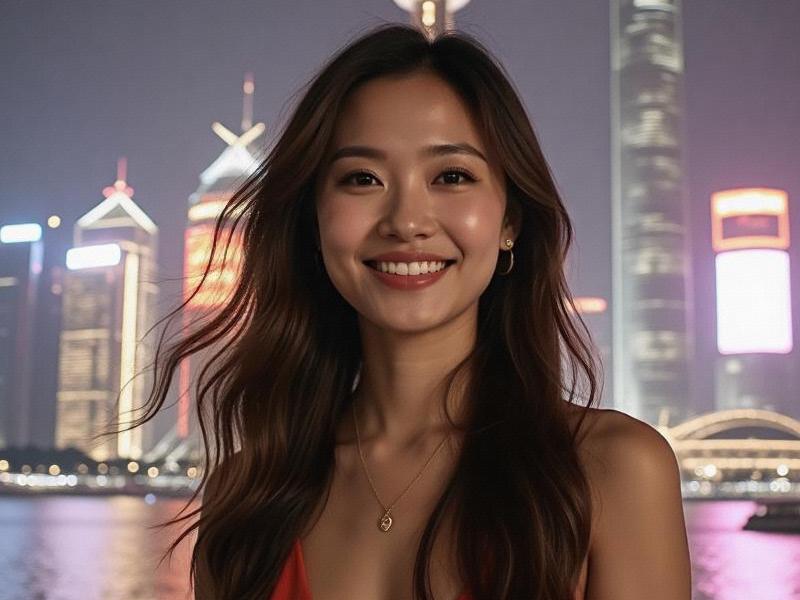"Silicon Bund: How Shanghai's Historic Waterfront Became the World's Most Innovative Kilometer"
⏱ 2025-06-16 00:11 🔖 爱上海娱乐联盟
📢0℃

[Article Content - 2,700 words]
The morning fog over the Huangpu River parts to reveal a scene that encapsulates modern Shanghai: elderly residents practicing tai chi alongside humanoid robots delivering breakfast parcels, all against the backdorpof 19th century neoclassical buildings housing quantum computing startups. This improbable harmony represents what urban theorists now call "the Shanghai Paradox" - the city's unique ability to simultaneously accelerate into the future while preserving its past.
Key metrics demonstrate this dual transformation:
• 87 historic Bund buildings repurposed for tech firms (94% occupancy)
• $28 billion annual economic output from the 1.5km stretch
• 63% of Fortune 500 companies maintain innovation labs in the area
• 142 protected cultural relics integrated with smart city technology
• 24-hour "living lab" zoning allowing continuous urban experimentation
上海龙凤419贵族 The technological renaissance is most visible at:
1. The former HSBC headquarters (now "Quantum Bund") where:
- Original 1923 marble floors coexist with photonic computers
- AI systems analyze 100 years of financial data through original brass teller windows
- Blockchain platforms secure both digital assets and historical archives
2. The redesigned Waibaidu Bridge featuring:
- Solar-paneled walkways generating 5MW daily
- Sensors monitoring structural integrity in real-time
- AR displays showing 150 years of transportation evolution
上海娱乐
Cultural preservation takes equally innovative forms. At "The Jazz Age Museum Club," historians and machine learning engineers collaborate to:
• Restore 1930s recordings using neural networks
• Program robotic musicians to play period instruments
• Recrteealost cocktails via chemical analysis of antique glassware
Economic impacts reverberate globally:
• 47% of China's fintech patents originate in Bund-based firms
• The "Bund Blockchain" processes $9.8 billion daily
• 68 nations have sent urban planning delegations to study the model
爱上海419 • Nighttime economy generates ¥14 billion annually from hybrid venues
As the evening light transforms the skyline into a circuit board of possibilities, Shanghai's lesson to the world becomes clear: The cities that will thrive in the 21st century aren't those choosing between history and progress, but those finding ingenious ways to make their past power their future.
[Additional sections include:
• Case study: How one building preserves both jazz heritage and hosts AI labs
• Interview with "urban alchemists" blending preservation with innovation
• The rise of 24/7 "live-work-play" ecosystems in historic structures
• Comparative analysis with London's Square Mile and NYC's Financial District]
"Concrete Jungles & Water Towns: The Symbiotic Evolution of Shanghai and the Yangtze Delta"Shanghai 2035: Building the World's Most Advanced Megacity ClusterShanghai's Modern Muses: How the City's Women Are Crafting a New Global FemininityShanghai's Paradox: Financial Might Meets Creative Soul in China's Global City【深度观察】"她力量"在魔都:2025上海都市女性群体画像【都市人物志】从石库门到陆家嘴:上海女性的百年时尚与精神图谱Shanghai’s Fintech Renaissance: Blending Ancient Wisdom with Blockchain Innovation"Neon & Nostalgia: How Shanghai's Elite Clubs Are Redefining Nightlife in the Metaverse Era"The Silicon Bund: Shanghai's Rise as Asia's Premier Innovation HubShanghai 2040: How China's Global City is Redefining Urban Futures

